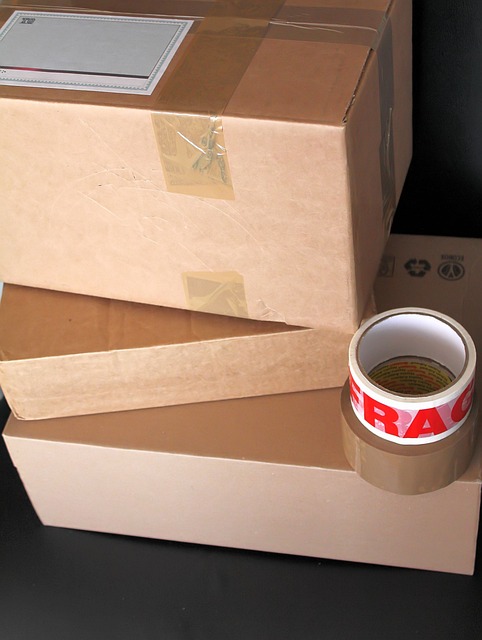Sustainable packaging considerations for shipped goods
Choosing sustainable packaging for shipped goods involves balancing environmental goals with practical needs like protection, transit conditions, and regulatory requirements. Sustainable choices can reduce waste in deliveries and returns while supporting brand commitments to circularity. This overview highlights material, operational, and crossborder issues retailers should consider when planning packaging for shipments.

When preparing shipped goods, sustainable packaging should meet protection, fulfillment, and security needs without creating unnecessary waste. Considerations include the life cycle of materials, how packaging affects transit damage rates, and the implications for returns and refunds processes. Effective choices must also align with invoicing and customs documentation for crossborder deliveries, and with tracking and insurance requirements to manage risk during shipping.
Packaging materials and protection
Sustainable packaging starts with choosing materials that provide adequate cushioning and barrier protection while minimizing environmental impact. Recycled cardboard, molded fiber, and certified compostable padding can reduce virgin plastic use, but they must withstand handling and transit conditions to prevent damage. Packaging that fails in transit increases returns, refund processing, and overall carbon footprint. Think about right-sizing to reduce excess void fill and include clear labeling that supports security inspections and customs checks.
Shipping choices and transit impact
Shipping methods and transit times influence packaging needs and sustainability trade-offs. Faster transit can mean fewer inspections and less exposure to damage, but may require different packaging standards or more robust protective layers. Consolidated deliveries and optimized routing can lower emissions while preserving packaging integrity. Coordinate with fulfillment partners to align packaging specifications with carrier handling practices and insurance requirements to limit losses during longer transit.
Crossborder shipments: duties, customs, and taxes
Crossborder deliveries bring additional paperwork and restrictions that affect sustainable packaging decisions. Customs may require opening packages for inspection, which can damage delicate materials; choose materials that tolerate inspection or that are easily resealed. Proper invoicing and accurate declared values help streamline customs processing and reduce the chance of delays that extend transit time and compromise package integrity. Be aware of duties and taxes that apply, and ensure packaging complies with destination-country rules for materials and labeling.
Tracking, security, and insurance considerations
Integrating tracking and security measures with packaging supports sustainable outcomes by reducing lost or stolen parcels and limiting unnecessary reshipments. Tamper-evident seals, clear shipment identifiers, and scannable labels help carriers and customs process goods efficiently. Insurance options vary by carrier and service level; packaging that reduces damage risk can lower insurance claims and premiums. Maintain records linking invoicing to tracking data to simplify claims if transit incidents occur.
Returns, refunds, and fulfillment logistics
Design packaging with returns in mind: reuse-friendly boxes, detachable labels, or instructions for customers to fold and reseal can streamline reverse logistics. Effective returns handling reduces waste, cuts fulfillment costs, and accelerates refund processing. Coordinate packaging formats with your fulfillment provider to simplify restocking and minimize the need for repackaging. Clear return labels and tracking visibility protect both buyers and sellers, and reduce disputes related to refunds or undeliverable deliveries.
Invoicing, documentation, and operational alignment
Accurate invoicing and complete shipping documentation support sustainable shipping by reducing delays and unnecessary handling at checkpoints. Include material declarations where required and ensure paperwork matches the physical contents to avoid hold-ups that increase transit time and potential damage. Align internal teams—fulfillment, invoicing, customer service, and sustainability—to create packaging guidelines that consider cost, carbon, and compliance without compromising product safety or security.
Sustainable packaging for shipped goods requires a systems perspective: material choice, shipping methods, fulfillment practices, and regulatory compliance all interact. Prioritizing durable, right-sized materials, designing for returns, and coordinating with carriers and customs can lower waste and operational friction. Tracking, clear invoicing, and appropriate insurance help manage risk in transit while supporting transparent crossborder deliveries. Thoughtful packaging standards contribute to more reliable deliveries and reduced environmental impact.





